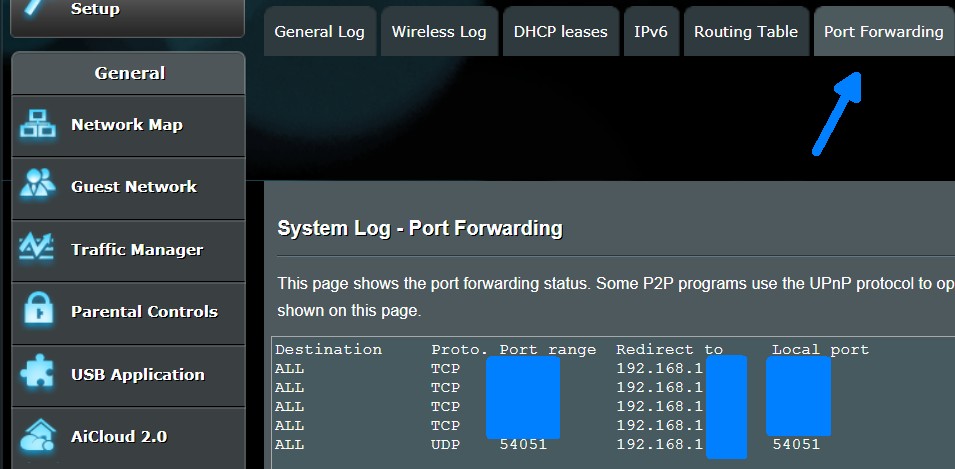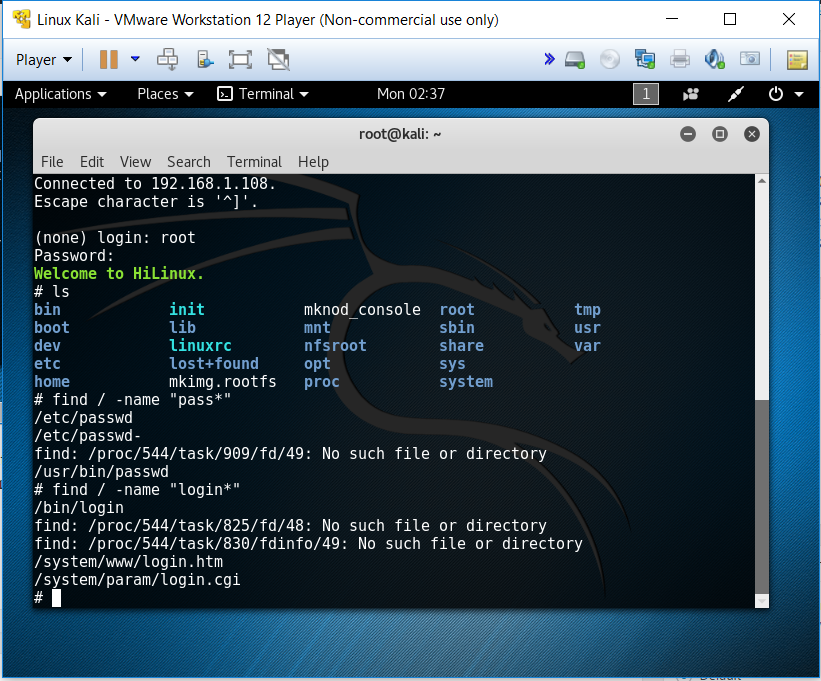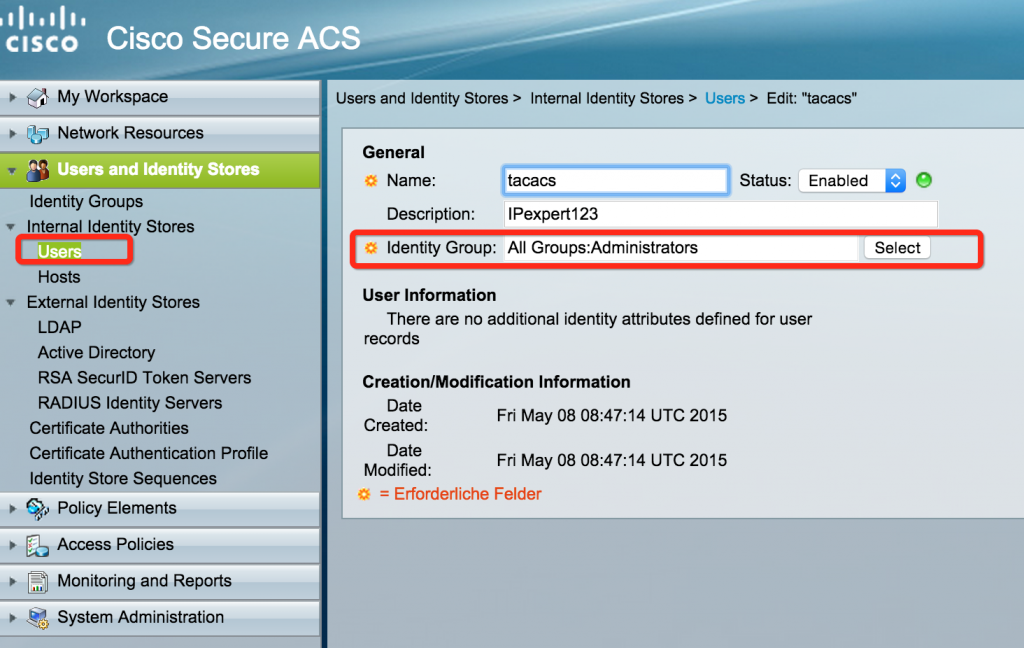There are five passwords used to secure your Cisco routers: console, auxiliary, telnet (VTY), enable password, and enable secret. Just as you learned earlier in the chapter, the first two passwords are used to set your enable password that’s used to secure privileged mode. This will prompt a user for a password when the enable command is used. The other three are used to configure a password when user mode is accessed either through the console port, through the auxiliary port, or via Telnet.
Several types of passwords can be configured on a Cisco router, such as the enable password, the secret password for Telnet and SSH connections and the console port as well. All these password locations represent good access locations for passwords, but if you have only one password on only one access location, you should at least have an.
Back in late 1995, a non-Cisco source had released a program that was able to decrypt user passwords (and other type of passwords) in Cisco configuration files. This new program was a major headache for Cisco since most users were relying on Cisco's equipment for their repulation of strong encryption and security capabilities. Cisco Line VTY (Virtual terminal line): VTY is short for Virtual Terminal lines and are used for accessing the router remotely through telnet by using these virtual router interfacesThe number of Cisco vty lines is not consistent in all routers, but different cisco routers/switches can have different number of vty lines The more vty lines a router or switch has the more users can access that devic. This video tutorial describe about how to setting password console and telnet password on Cisco Router using Packet Tracer Simulator, for more articles and v. Hi All, I have been unboxing Cisco ASA 5512-X and I am already configure: Enable telnet access from inside. Configure aaa authentication telnet console LOCAL. Username and password for User Local. When I am telnet the device and input username password from LOCAL always wrong username password.
Cisco Router Auxiliary Password Setup
To configure the auxiliary password, go into global configuration mode and type line aux ?.You can see here that you only get a choice of 0–0 (that’s because there’s only one port)
Router#config t
Enter configuration commands, one per line. End with CNTL/Z.
Router(config)#line aux ?

<0-0> First Line number
Router(config)#line aux 0
Router(config-line)#login
Router(config-line)#password admin
It’s important to remember the login command, or the auxiliary port won’t prompt for authentication.Now watch what happens when you try to set the Aux on the “newer” IOS that Cisco has released
2600A#config t
Enter configuration commands, one per line. End with CNTL/Z.
2600A(config)#line aux 0
2600A(config-line)#login
% Login disabled on line 65, until ‘password’ is set
2600A(config-line)#
Cisco has begun this process of not letting you set the “login” command before a password is set on a line because if you set the login command under a line, and then don’t set a password, the line won’t be usable. And it will prompt for a password that doesn’t exist. So this is a good thing—a feature, not a hassle!
Cisco Router Console Password Setup
To set the console password, use the line console 0 command. But look at what happened when I tried to type line console 0 ? from the aux line configuration—you should received an error.You can still type line console 0 and it will accept it, but the help screens just don’t work from that prompt. Type exit to get back one level and you’ll find that your help screens now work. This is a “feature.” Really.
Example
Router(config-line)#line console ?
% Unrecognized command
Router(config-line)#exit
Router(config)#line console ?
<0-0> First Line number
Router(config)#line console 0
Router(config-line)# password admin1
Router(config-line)# login


Since there’s only one console port, you can only choose line console 0. You can set all your line passwords to the same password, but for security reasons, I’d recommend that you make them different.

There are a few other important commands to know for the console port.
For one, the exec-timeout 0 0 command sets the timeout for the console EXEC session to zero, which basically means to never time out. The default timeout is 10 minutes. (If you’re feeling mischievous, try this on people at work: Set it to 0 1. That will make the console time out in 1 second! And to fix it, you have to continually press the Down arrow key while changing the timeout time with your free hand!)
Logging synchronous is a very cool command, and it should be a default command, but it’s not. It stops annoying console messages from popping up and disrupting the input you’re trying to type. The messages still pop up, but you are returned to your router prompt without your input interrupted. This makes your input messages oh-so-much easier to read.
Here’s an example of how to configure both commands
Router(config)#line con 0
Router(config-line)#exec-timeout ?
<0-35791> Timeout in minutes
Cisco Router Password E900
Router(config-line)#exec-timeout 0 ?
<0-2147483> Timeout in seconds
Router(config-line)#exec-timeout 0 0
Router(config-line)#logging synchronous
Telnet Password Cisco
Cisco Router Telnet Password Setup
To set the user-mode password for Telnet access into the router, use the line vty command. Routers that aren’t running the Enterprise edition of the Cisco IOS default to five VTY lines, 0 through 4. But if you have the Enterprise edition, you’ll have significantly more. The best way to find out how many lines you have is to use that question mark
Router(config-line)#line vty 0 ?
<1-4> Last Line Number
Router(config-line)#line vty 0 4
Router(config-line)# password admin2
Router(config-line)# login
You may or may not have to set the login command before the password on the VTY lines—depends on the IOS version. The result is the same either way.
So what will happen if you try to telnet into a router that doesn’t have a VTY password set? You’ll receive an error stating that the connection is refused because, well, the password isn’t set. So, if you telnet into a router and receive this message
Router#telnet SFRouter
Trying SFRouter (10.0.0.1)…Open
Password required, but none set
Cisco Router Password E2000
[Connection to SFRouter closed by foreign host]
Router#
Then the remote router (SFRouter in this example) does not have the VTY (telnet) password set. But you can get around this and tell the router to allow Telnet connections without a password by using the no login command

Router(config-line)#line vty 0 4
Router(config-line)#no login
After your routers are configured with an IP address, you can use the Telnet program to configure and check your routers instead of having to use a console cable. You can use the Telnet program by typing telnet from any command prompt (DOS or Cisco).
—Original tutorial & Comment discussion from debianadmin.com
Resources from Cisco.com
More Cisco Router Tutorials:
Hack Cisco Router Password Telnet Portable
How to Reset a Cisco 3900 Router?